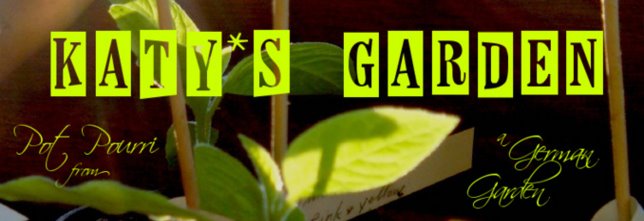All the "Moulin Rouge" sunflowers are now blooming: they come in several different shades. Some a sombre chocolate maroon, some orange.brown flamed with yellow, some, the best, in a very dark very rich crimson, shading to real black at the centre of the flower. They make no real show in the garden, their dark colour fading in the background, but what a wondrous surprise they provide when one comes close to them and their subtle presence suddenly resolves in front of one´s nose. It is the first time in my life I call a sunflower subtle. It is indeed a rare creature.
Over the last two days cuttings of 14 different hydrangeas were taken, potted and labeled. It is unfortunately too late for the paniculatas, and probably also for arborescens, heteromalla and aspera. All of these will have to be propagated next spring by hardwood cuttings, or next summer, early.
A beautiful Sambucus "Black Beauty" has been purchased recently, and cuttings taken from that too. The cuttings of the common elder I took from the fields seem to be doing well, as those of honeysuckle. No signs of headway from the yew yet. But yew is slow. There is a number of box seedlings in the garden tha I must collect and put to good use. More peonies were dug up and potted. I think I am the first known gardener to struggle with peony as a weed.
A lucky exchange brought me a packet of seeds of Meconopsis cambrica. This is definitely considered a weed by british gardenens and yet it is an unknown rarity to me. "One person´s favourite garden plant is another´s bane; life is great." M. Dirr


1 comment:
(except in rainy weather, when the all plant splays outward, weeping)
Please don't stop writing this blog any time soon. I am busy and do not read daily... but I come and catch up. This is wonderful.
Weeping.
Nice.
Post a Comment